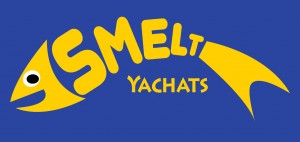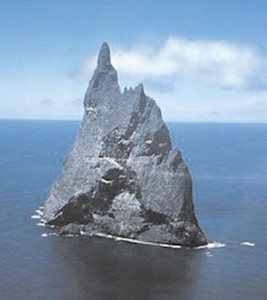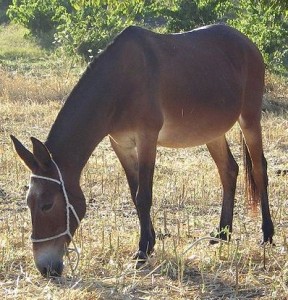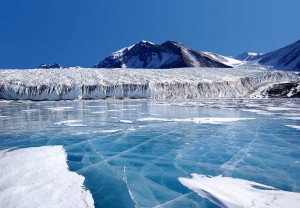Welcome to the Rubbery Shrubbery (RS) blog. Here we tell how Yachats (YAH-hots), Oregon, and its inhabitants—known as Yachatians (yah-HAY-shuns)—acquire a Major League Baseball franchise. To learn about the village of Yachats (Home of the World’s Largest Ocean), please go to this page or go to GoYachats.
Ingeborg Von Root joins us again today to interview the new Director of Scouting for the Yachats Smelt, Otis O’Toole. Mr. O’Toole is legendary in the world of baseball scouts.
Otis O’Toole, Smelt Head Scout
by Ingeborg Von Root
This is quite a thrill, talking to the great Double O himself. He has been a part of baseball since the days when baseball scouts served double duty, guiding wagon trains across the untamed West. What a wonderful depository of anecdotes that ancient, gnarled brain of his must contain!
I sat with Mr. O’Toole in the grandstand of the Yachats ballpark and asked him to describe some of his more picturesque adventures. The interview went like this.
Ingeborg: You must be excited to be head of scouting for the new Smelt.
Mr. O’Toole: Oh, yeah, I sure am. At my age I don’t get any more excited than this.
Ingeborg: Well, the Smelt are very lucky to have you directing their scouts. Could you explain to us what a baseball scout does?
Mr. O’Toole: It’s a lot like being a big game hunter, except the baseball scout doesn’t shoot anyone. He’s out there in the wilderness looking for a fine prospect with exceptional talent. Not much like a big game hunter now that I think about it. In fact, not at all like…
Ingeborg: Yes, so you go out into the boonies and track down talent?
Mr. O’Toole: Hoo Boy! When you put it that way it sounds like stalking.
Ingeborg: Well, you’ve certainly had a career that’s spanned, Mr. O’Toole. Please tell us about some of the players you’ve signed.
Mr. O’Toole: Okay. I’ll start with Wade Wadoo, the best outfielder I ever saw. Great speed, strong arm, could hit anything pitched—born on Shark’s Tooth Island (Fig. 1) in the middle of the Pacific. Came up through the youth leagues there, and then dominated semi-pro baseball on the island. I had to row 380 miles to get to him, but he was worth it. What a ballplayer he was! Unfortunately, he suffered from chronic homesickness. Didn’t last a week in pro ball.
Ingeborg: Oh, that’s a shame. Whatever happened to him?
Mr. O’Toole: The last I heard he was back on the island, waiting for major league baseball to put a team there. I’d say he has a chance, now that the Smelt have broken down the sizeness barrier. Opened up opportunities everywhere for the underpopulated.
Ingeborg: Tell us about another prospect you sought.
Mr. O’Toole: Sure. I rode a mule (a much misunderstood mammal, see Fig. 2) to the bottom of the Grand Canyon once to sign a whiz of a shortstop. A Native American kid. Got down there, sore all over, and found out he had signed with another scout just fifteen minutes earlier. His mom felt bad about my wasted trip and cooked up fried chicken for me. Best I ever ate. Strange, though…only time I’ve seen fried chicken without any chicken bones.
Ingeborg: Yes, that is odd. So, what was your most exciting adventure?
Mr. O’Toole: Ah, the time I rescued a left-handed hitting catcher from cannibals on Antarctica (see Fig. 3). We raced across slushy ice with natives not far behind hurling spears. We reached our ship just in time, leaving the cannibals—very poor swimmers—bobbing in the water. I asked the ship’s captain their fate. Likely to be eaten by killer penguins in the area, he said.
Ingeborg: Oh, my! That was exciting! Now, what was the most unusual prospect you signed?
Mr. O’Toole: Once I was walking around Africa when I came upon a female bonobo who picked up a rock and hurled a sidearm 100-miles-per-hour fastball, smacking a leopard right between the eyes. The cat folded like a Broadway musical. Come to find out the bonobos had studied the situation and had learned that leopard steaks are tasty. This lady was knocking off leopards left and right to feed her whole clan. Some of the bonobos were looking stylish in leopard skin coats and capes.
Ingeborg: That’s amazing! You would think Africa would be too hot for coats.
Mr. O’Toole: Yeah, that surprised me, too. Anyway, the sidearming lady didn’t want to sign a contract. Didn’t want to leave her family, and it would’ve been a nightmare trying to get visas for them all.
Ingeborg: Oh, my! So you had to leave her behind.
Mr. O’Toole: Yep. It’s a shame. Since then, she’s made the leopard an endangered species in Africa. If she had played baseball, a lot of leopard lives would have been spared.
Ingeborg: Well, baseball certainly has the potential for doing a lot of good in the world. Thank you very much for sharing your wisdom, Double O. It’s been a pleasure.
Mr. O’Toole: Thank you for listening to me, Ingeborg. By the way, those stories about me guiding wagon trains are pure malarkey. I had my hands full trying to find baseball prospects. Who had time for a second job? I don’t know how those tales get started.
* Photo borrowed from Wikipedia. Photo courtesy of the National Geospatial-Intelligence Agency.
** Photo borrowed from Wikipedia again. Photo credit: Juan R. Lascorz.
*** Photo borrowed from Wikipedia yet again. Photo credit: Joe Mastroianni, National Science Foundation.
Next time: We’ll learn what the average Yachatian thinks regarding the Smelt. Some interviews are coming up, with hard questions put to them (Yachatians, not the Smelt).
NOTE: If you have comments, please go to “Leave a Reply” at the bottom of this page. Of course, we won’t tolerate anything that’s ridiculous.
NOTE AGAIN: Eric Sallee and Dave Baldwin are amazed at the endurance of the Smelt. They have become a force to be reckoned with. Eric and Dave are attempting to reckon with it.




